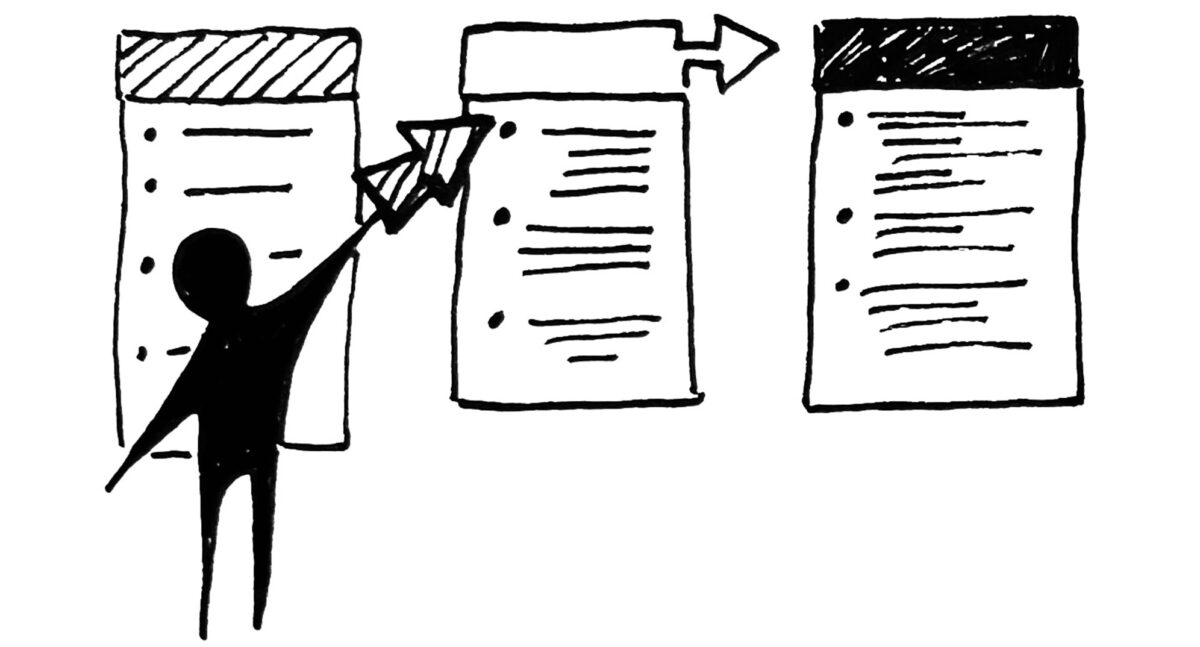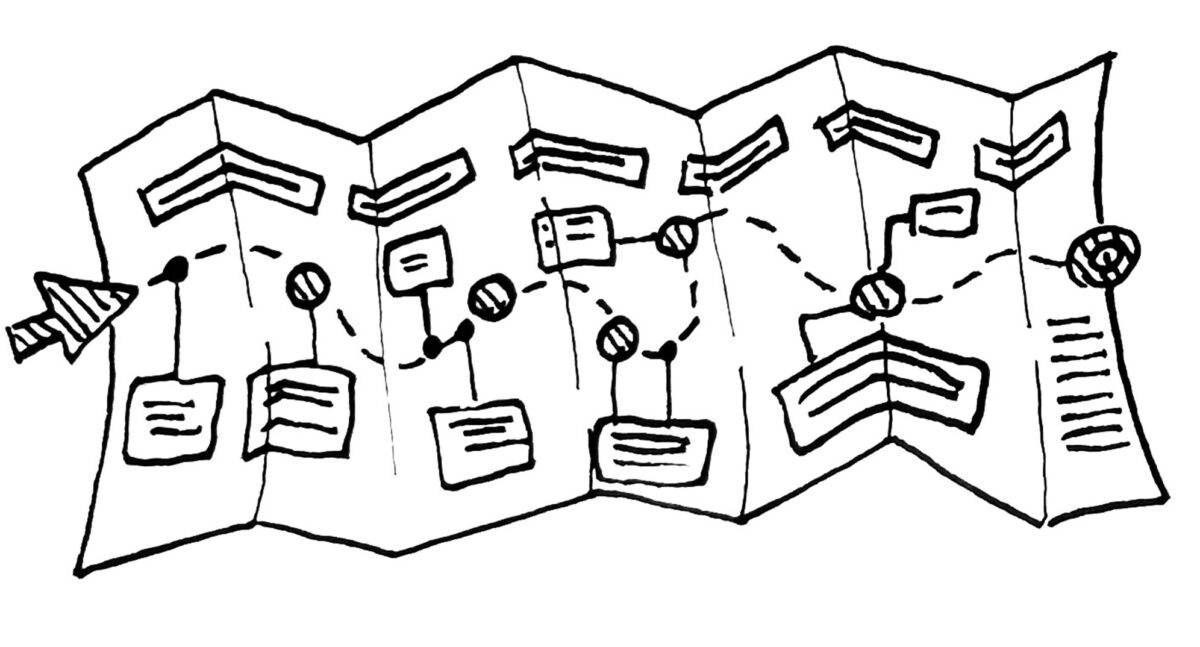A logic model is a story or picture of how an effort or initiative is supposed to work. A logic model is similar to a road map, it shows the route traveled or steps taken to reach a certain destination. The process of developing the model brings together stakeholders to articulate the goals of the program and the values that support it and identifies strategies and desired outcomes of the initiative.
Steps:
- Find the logic in existing written materials to produce your first draft, as available written materials often contain more than enough information to get started. Collect narrative descriptions, justifications, grant applications, or overview documents that explain the basic idea behind the intervention effort.
- Next decode these documents. Keep a piece of paper by your side and sketch out the logical links as you find them. Read each document with an eye for the logical structure of the program. Sometimes that logic will be clearly spelled out. Other times the logic will be buried in vague language. As you read each document, ask yourself questions like why and how.
- Check whether the model makes sense and is complete. Logic models convey the story of change. Working with the stakeholders, it is your responsibility to ensure that the story you have told in your draft makes sense (i.e., is logical) and is complete (has no loose ends). As you iteratively refine the model, ask yourself and others if it captures the full story.
Considerations:
- The form that a logic model takes is flexible and does not have to be linear. Flow charts, maps, or tables are the most common formats. It is also possible to use a network, concept map, or web to describe the relationships among more complex program components.
- Establishing the appropriate boundaries of a logic model can be a difficult challenge. In most cases, there is a tension between focusing on a specific program and situating that effort within its broader context.
References:
- Milstein, B., & Chapel, T. (n.d.). Section 1. developing a logic model or theory of change. Chapter 2. Other Models for Promoting Community Health and Development | Section 1. Developing a Logic Model or Theory of Change | Main Section | Community Tool Box. Retrieved from https://ctb.ku.edu/en/table-of-contents/overview/models-for-community-health-and-development/logic-model-development/main



